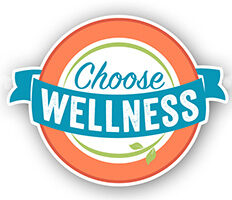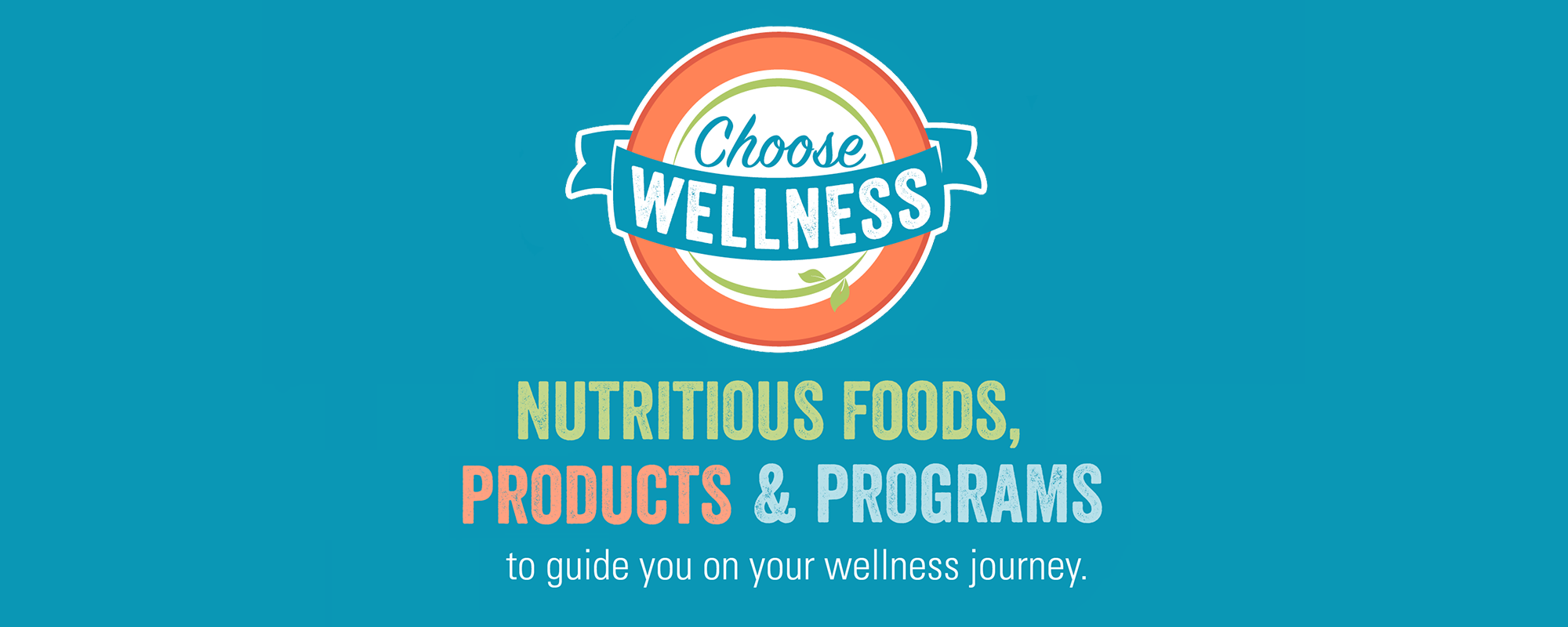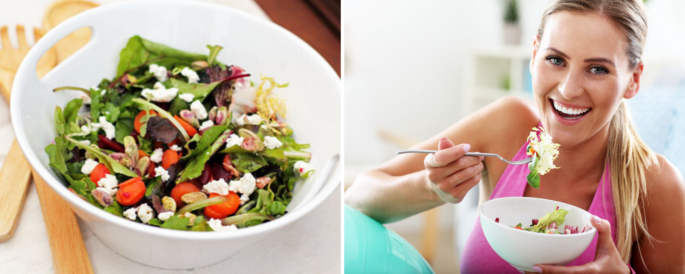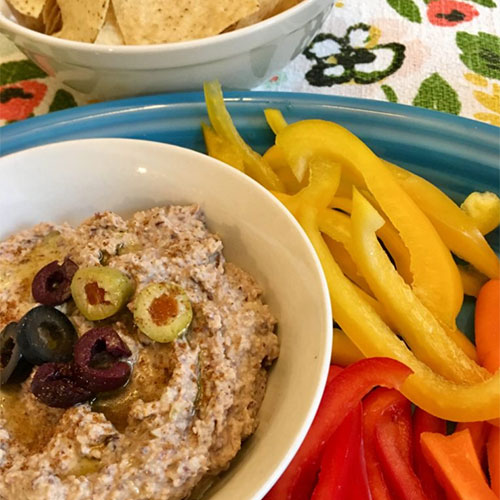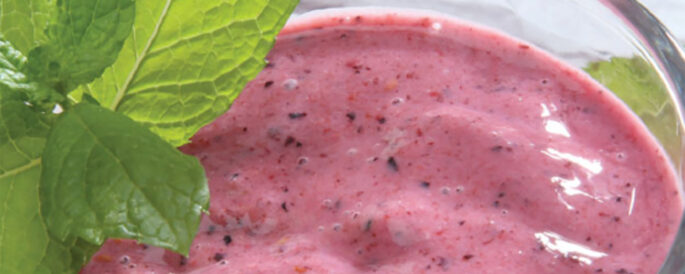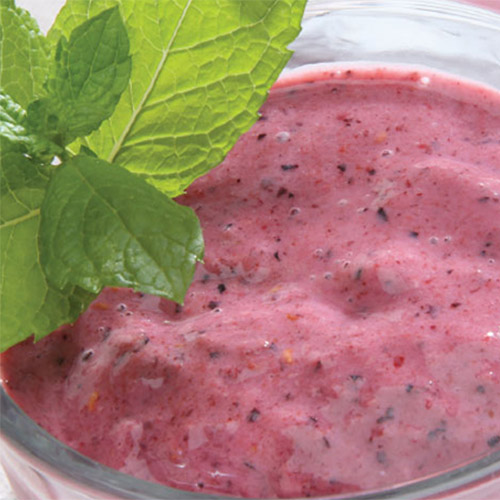Sponsored by Libby’s®
People are always asking questions about the latest nutrition trends and if they should try them. Nutrition is individualized and what might work for your friend or colleague might not always be best for you. If you are curious and want to try something new, we recommend consulting with a Registered Dietitian before starting any nutrition program. This will make sure you are better informed with all the science-based evidence and facts before you make any drastic changes. If the research supports the trend and your RD give the thumb up, then it is okay to give it a try and see if it works for you.
With the start of a new season, everyone can always use a refresher of everyday nutrition tips. Take advantage of the spring time as with a spring cleaning of your eating habits to start anew, and add some “spring” to you diet! Below are several RD tips that are easy to follow and incorporate in your everyday lifestyle.
Go for water! Swap out a sugary beverage for water and stay hydrated, especially as the weather warms up. Drinking water has many benefits such as keeping your joints lubricated and promoting healthy skin.
Pack a snack. Plan ahead and always have a snack on hand that you know enjoy, is easily portable, and provides nutrition. This way you are not tempted to reach for less nutritious options. One great option: Libby’s® Vegetable Cups!
Add yogurt to your diet. Try Greek yogurt for added protein and live probiotics to help aid digestion. It can be enjoyed for breakfast, as a snack, or even as a cooking substitution for sour cream or cream cheese.
Go meatless once a week. Going meatless is a great way to practice sustainability. There are lots of delicious and satisfying vegetable-based dishes you can help amp up your nutrient intake. Libby’s® Canned Fruits and Vegetables are a great option because they help take care of some the prep work.
Try something new! Try taking a traditional dish and prepare it with a twist, maybe with a new vegetable or fruit. The concept of new beginnings is always on trend!
Libby’s® Fruits and Vegetables can help you easily spring clean your diet! Check out the recipes below that incorporate some of the tips above.
Warm Baby Green Salad with Peas, Pistachios and Pecorino – Try something new!
http://www.getbacktothetable.com/recipes/warm-baby-green-salad-peas-pistachios-and-pecorino
Carrot and Beet Salad – Go meatless once a week!
http://www.getbacktothetable.com/index.php/recipes/carrot-and-beet-salad
Grilled Apricot Halves with Yogurt, Honey & Pistachio – Add yogurt to your diet!
http://www.getbacktothetable.com/recipes/grilled-apricot-halves-yogurt-honey-pistachio
For more recipe ideas and inspiration, check out Libby’s® Recipe Box and Facebook, Twitter and Instagram pages.
